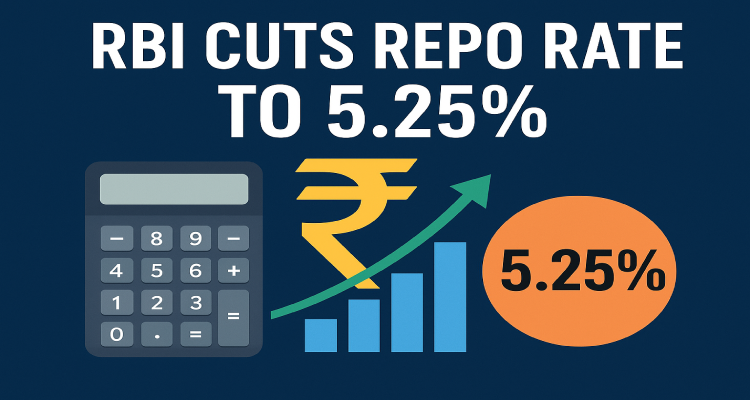Smart Glasses Are Back—But This Time, They Might Succeed
After past failures, smart glasses are making a comeback in 2025—blending AI, AR, and sleek design to finally win over consumers and industries alike.
Introduction: A Comeback With Vision
They once promised to change how we see the world—literally—but smart glasses quickly fell from grace. Clunky designs, privacy concerns, and limited functionality derailed early attempts. Fast forward to 2025, and a new generation of smart glasses is quietly gaining traction. Backed by AI, redesigned with fashion in mind, and integrated into broader tech ecosystems, this iteration might finally stick.
Context & Background: From Google Glass to GenAI Lenses
Smart glasses first made headlines in 2012 with Google Glass, a bold, sci-fi-like concept that landed with a thud. While innovative, they were expensive, awkward-looking, and poorly timed for public acceptance. Privacy issues—particularly around the built-in camera—sparked backlash. By 2015, Google shelved the consumer version.
Over the next decade, startups and tech giants alike dabbled in mixed reality eyewear—Snapchat Spectacles, North Focals, Microsoft HoloLens—but none cracked the code for mass adoption. The reasons were manifold: hardware limitations, short battery life, social stigma, and lack of compelling use cases.
But the tide may be turning.
Main Developments: AI and AR at the Core
In 2025, smart glasses are making a serious comeback, and this time, the ecosystem around them is ready. Thanks to advancements in generative AI, augmented reality (AR), and edge computing, tech companies have created glasses that are more than just wearable gadgets—they’re functional, stylish, and surprisingly intuitive.
Some of the headline launches include:
- Meta’s Ray-Ban Meta Glasses (Gen 3): Sleeker, lighter, and powered by Meta AI. Users can ask questions, translate languages in real time, and even livestream hands-free.
- Apple VisionLite (rumored): A lightweight, glasses-form version of Apple Vision Pro designed for everyday use, potentially integrating with Siri and Apple’s broader ecosystem.
- Xiaomi’s AR Glasses Pro: Targeting affordability and functionality with gesture control, real-time translation, and integrated smart assistant powered by Xiaomi HyperOS.
Key to their resurgence is on-device AI. Unlike past models, these glasses can now process requests locally, eliminating lag and reducing reliance on cloud connectivity. They also boast improved battery life, better display projection, AR overlays, and lightweight designs that resemble regular eyewear—no more looking like a cyborg.
Expert Insight and Public Reaction
“Smart glasses are succeeding now because the supporting technologies—AI, AR, miniaturized processors—have matured,” said Dr. Lena McAllister, a wearable tech researcher at MIT Media Lab. “We’re no longer trying to shove a smartphone into a frame. These glasses offer unique, native functionality.”
Consumers appear to agree. According to a Gartner report, smart glasses adoption has grown by 60% year-over-year in 2025, particularly in urban and tech-forward markets. A viral TikTok trend showcasing real-time AR wayfinding in New York City sparked public interest, while productivity enthusiasts rave about hands-free note-taking and calendar integration.
Still, not everyone is convinced. “There’s still a creep factor,” said Travis Yu, a privacy analyst at the Electronic Frontier Foundation. “Without clear indicators that cameras are active, people feel surveilled.”
Impact & Implications: More Than Just a Tech Toy
This new wave of smart glasses isn’t just for techies. They’re being rapidly adopted across:
- Healthcare: Surgeons use AR overlays to guide operations; therapists use visual prompts in behavioral treatments.
- Manufacturing: Workers get real-time instructions and diagnostics via AR, boosting productivity and safety.
- Education: Language learning is enhanced with live captioning and real-world immersion tools.
- Travel & Navigation: Real-time translation and visual pathfinding are revolutionizing tourism.
For individuals with disabilities, especially those with visual impairments, smart glasses are proving transformative—reading out street signs, identifying people, and enhancing spatial awareness using AI and LiDAR.
As smart glasses integrate more seamlessly with smartphones and cloud-based services, they may eventually evolve into a primary interface for daily digital interactions, reducing screen time and changing how we consume information.
Conclusion: Vision for the Future
Smart glasses are no longer a futuristic fantasy or a failed fad. They’re re-emerging with purpose, guided by improved tech and real-world utility. While challenges remain—privacy, price, and social acceptance—the pieces are finally in place for mainstream adoption.
If the momentum continues, 2025 might not just be the year smart glasses came back—it might be the year they finally fit.
Disclaimer: This article is for informational purposes only. Product names, trademarks, and technology references belong to their respective owners. This content does not imply any endorsement.










